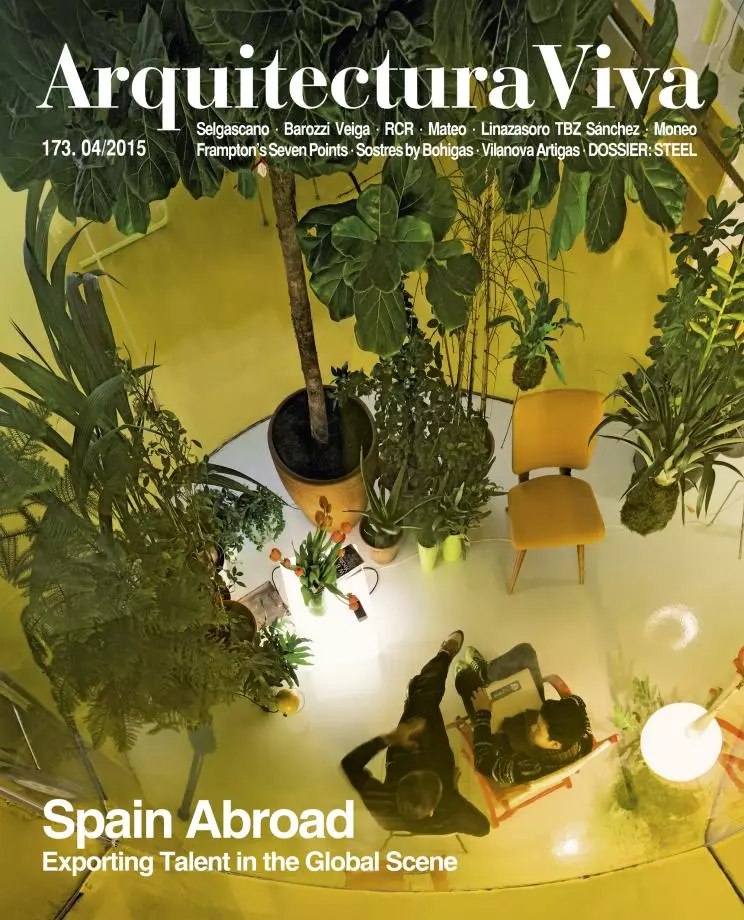
Spanish architecture abroad knows a sweet moment. From large-scale works to ephemeral pavilions, and from Ivy League universities to major exhibitions, talent bred in Spain fertilizes a truly kaleidoscopic cultural scene. Certainly, this phenomenon is partly due to the process of European integration, to the greater permeability of professional frontiers and to the increased mobility of the new generations; undoubtedly too, the international reach of highbrow Spanish architecture has not come along with a comparable presence of corporate architecture, still lacking the expansive ambition of the country’s banks and large companies, building firms among them; but both circumstances cannot tarnish the felicitous fact that Spanish architects enjoy an international prestige that has allowed quite a few of them to take on significant professional and academic responsibilities.
This acknowledgment has multiple causes and distant origins in time; far from coming out of the blue, the current successes of Spaniards abroad are part of a process that began decades ago, started during the economic boom of the sixties, developed during the political fervor of the Transition, and disseminated urbi et orbe during the annus mirabilis of 1992. Raised on the nutritious soil of architecture schools with a polytechnical tradition, professional institutes with great civic influence, and a dynamic publishing scene attentive both to the international debate and to the diffusion of domestic feats, Spanish architecture benefitted from the desire to give a new image to democratic institutions and the many public buildings commissioned through competitions during the years of prosperity, and also from the survival of craftsmanship and the opportunity to build in exceptional urban settings.
Intelligently contextual and lyrically modern, and promoted by the frequent visits of international historians and critics, Spanish architecture was canonized on the stage of the MoMA in 2006, where it was displayed along with the works in Spain of prominent foreign figures. It is in this context that we must assess the profuse presence of the country’s professionals in a world that seems less broad and less alien, because it becomes narrower with communications and more familiar with intellectual and emotional proximity. The current crisis has forced many young architects to seek work abroad, while established studios survive on foreign commissions, but this would not be possible without training and prestige, two slowly built up assets that only promotion and protection can preserve. Meanwhile let us enjoy this sweet moment, like an equivocal candy we can savor without swallowing.





